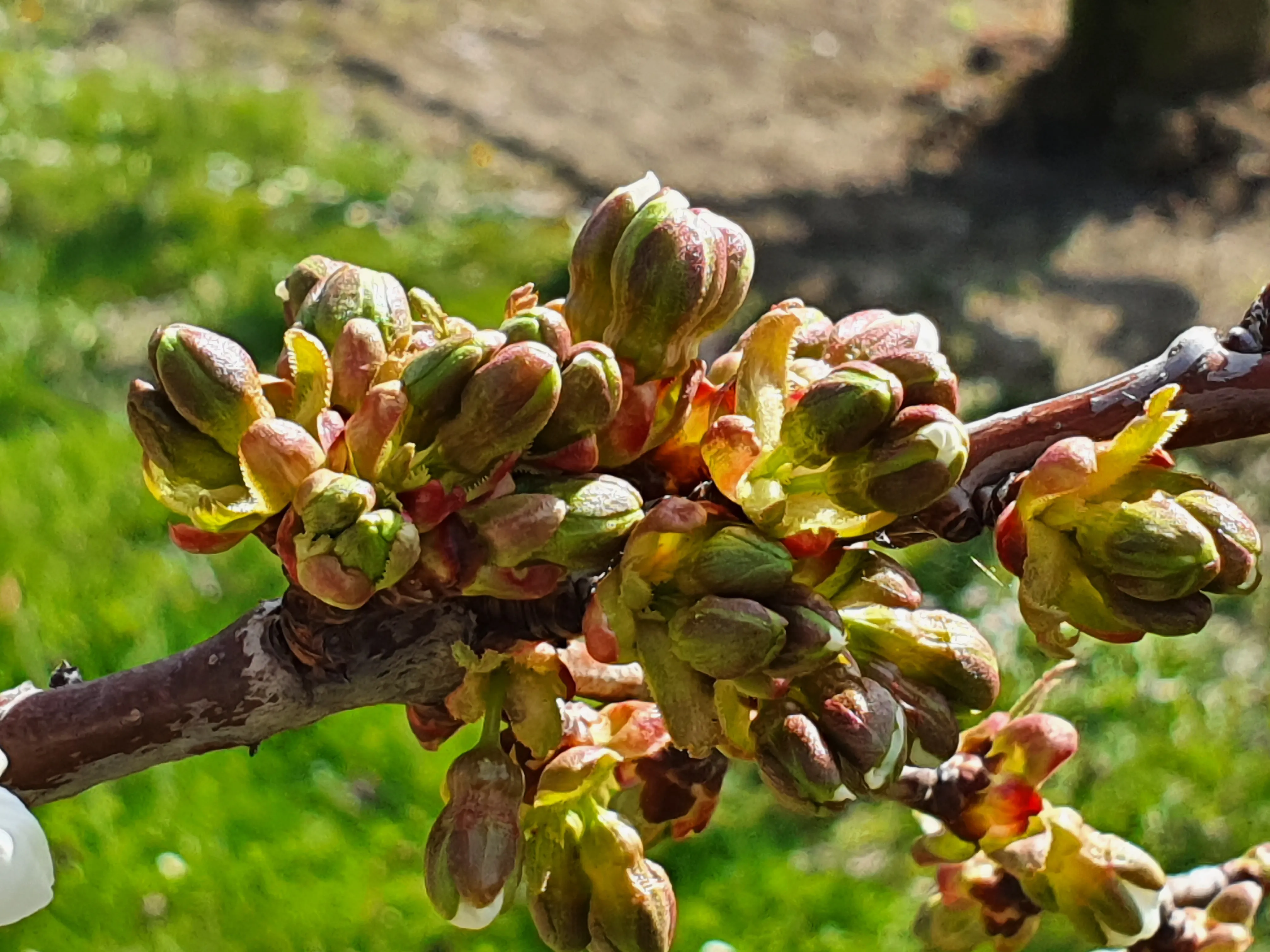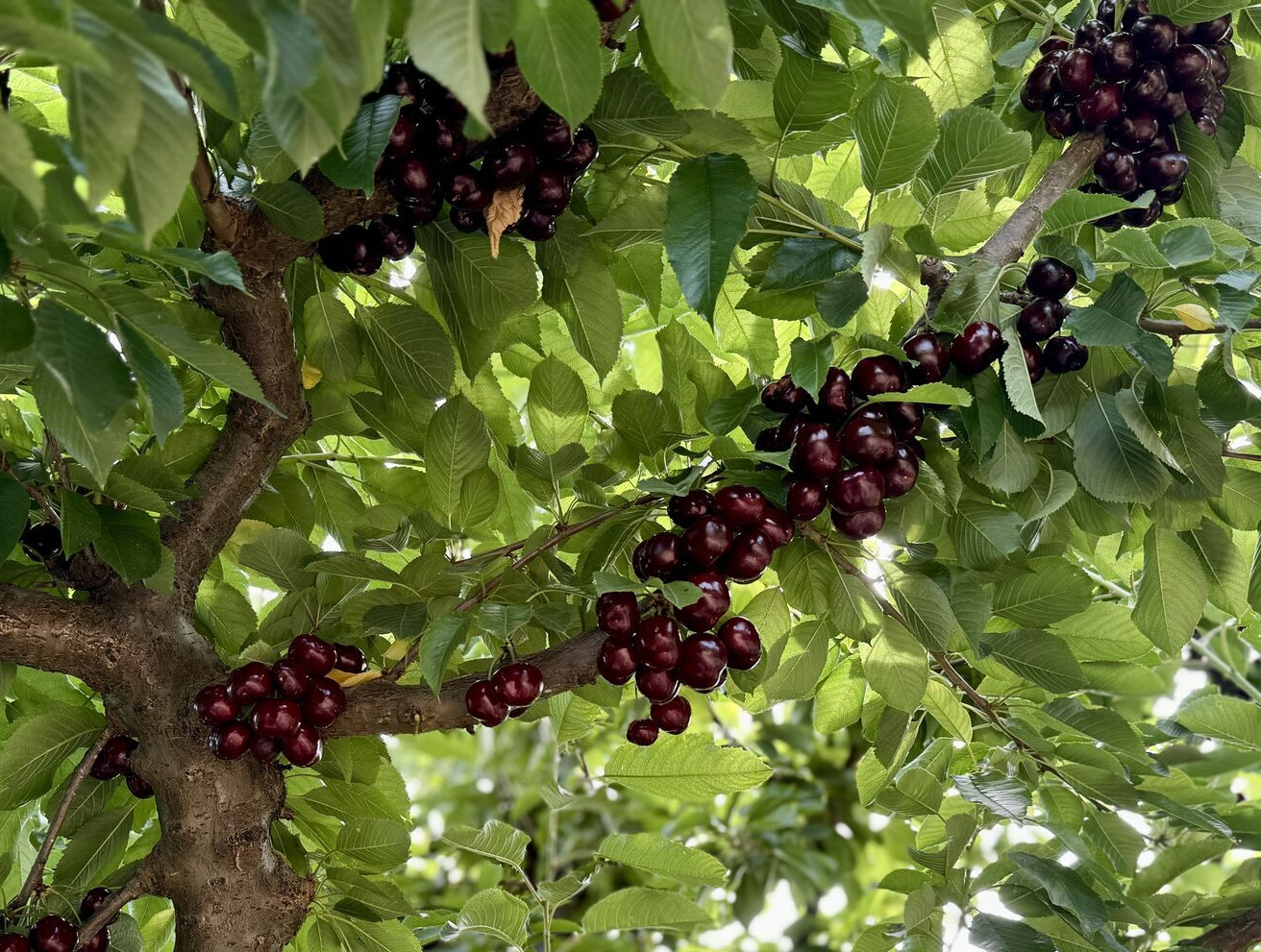At the XI National Congress on Plant Breeding, cherry trees were also discussed, with a particular focus on the winter dormancy period. In recent years, in fact, it has been observed that transcription factors known in English as "dormancy associated mads box" (abbreviated as DAM) are involved in both the entry and exit from the dormancy period, although the regulatory mechanism is still not fully understood.
In other fruit crops belonging to the Rosaceae family, however, it has been observed that alternative splicing could play a role in this process. Alternative splicing is a fundamental biological phenomenon that serves to amplify protein variety within eukaryotic cells, allowing a single gene to encode multiple protein isoforms, each with specific biological functions.
It has been observed that this mechanism plays an important role against biotic and abiotic stresses as well as in the regulation of flowering and the circadian cycle. The aim of the work presented in Cáceres (Spain) was to study the relationship between the expression of PavDAM genes throughout the entire winter dormancy period, that is, from the onset of dormancy until the beginning of bud break (from October to February).
The researchers considered three cherry varieties, each with different chilling requirements: "Cristobalina," "Burlat," and "Vic." The preliminary results of the study indicate that alternative splicing could occur at certain times during the winter dormancy period. For the DAM-3 gene, various bands were observed in all three varieties and at all sampling times, which seems to indicate post-transcriptional regulation through alternative splicing of this gene.

For the DAM-4 gene, however, a possible alternative splicing was observed in all samples but only for the "Cristobalina" variety, which could mean that this variety has a different expression for this gene compared to the others. The researchers hypothesize that the observed difference could be due to the variety's lower chilling requirement, which causes it to emerge from winter dormancy first.
These results, therefore, show the possible regulation of DAM genes through the alternative splicing mechanism also in cherry. Furthermore, it is also likely that the activation of this mechanism varies during the winter period, depending on the specific characteristics of each variety. In conclusion, plant breeding plays a crucial role in promoting sustainable agricultural practices and addressing current environmental challenges.
Emerging genetic improvement techniques offer significant opportunities to fully understand the biological mechanisms of crops, which in turn can enable the development of more resilient and productive crops. However, it is essential to continue investing in research and international collaboration to ensure that these innovations are accessible and applicable on a global scale. The synergy between science, agriculture, and communities is fundamental for the future of fruit cultivation.
Source: Martínez-Romera, N., Wunsch, A., Gracia, A. P., Girón, M., Calle, A., & Hedhly, A. (2024). Alternative splicing como mecanismo de regulación en la expresión de los genes DAM en cerezo. En: López, M., Guerra, M.E., Ramos, M. & Galán, A.J. (eds.) (2024). XI Congreso Nacional de Mejora Genética de Plantas (Actas de Horticultura nº 97) (pp. 172-175). SECH. http://hdl.handle.net/10532/7283.
Images: SL Fruit Service
Melissa Venturi
University of Bologna (IT)
Cherry Times - All rights reserved













